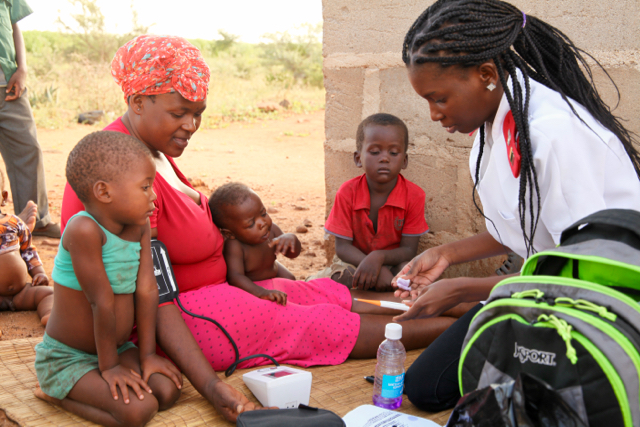8 Facts About the Fight Against HIV in Eswatini

Swaziland or Eswatini, as it was officially renamed in 2018 by King Mswati III, is a tiny landlocked country in Southern Africa. It has the highest prevalence of HIV in the world, with the disease infecting about 31% of its sexually-active population. In 2018, HIV infected about 8,000 new adults and caused approximately 3,000 new fatalities. However, recent data suggests that the country has found ways to slash the new rate of infections by almost 45%. Here are eight facts about the fight against HIV in Eswatini.
8 Facts About Eswatini’s Fight Against HIV
- Mode of transmission: Heterosexual sex is the primary way HIV is transmitted, with about 94% of all new cases coming from it. The disease affects sex workers, adolescent girls and young men and women significantly more than other demographics.
- Poverty and education: Almost 59% of people in Eswatini live below the poverty line. Some regions have still not been able to recover from the regional droughts of 2015 and 2016. Due to poor economic conditions, young girls are often unable to continue their education. As a result, they are less empowered to negotiate for safer sex and sometimes also have to resort to prostitution. Rampant poverty also means that many suffering from the disease cannot afford proper healthcare.
- Most affected age group: Adults between the ages of 15 and 49 are most affected by HIV. Over the long term, this has induced major cultural changes surrounding death and illness. It has also led to an expansion of services such as life insurance and mortuary.
- Impact on women: HIV has affected women disproportionately. 35.1% of women in Eswatini are living with HIV, compared to 19.3% of men. This stems from widespread gender inequality in the country. Gender-based violence and men indulging in more than one partnership at the same time increase the risk of women contracting HIV. King Mswati withheld royal assent on The 2015 Sexual Offences and Domestic Violence Bill, which could offer more protection to women. The bill finally passed in 2018, however. This is an essential first step for improving gender equality in Eswatini.
- Condition of children: About 11,000 children (0-14 years) were living with HIV in Eswatini as of 2018. Only 76% of these children were on ARV treatment. Approximately 45,000 children have also been orphaned due to AIDS-related illnesses. Fortunately, the number of new infections and AIDS-related deaths have reduced to fewer than 1,000 each year.
- Increase in circumcision: The proportion of men opting to be circumcised increased significantly in recent years. Circumcision is a scientifically-proven way of reducing the transmission of the virus. The rate of male circumcision in the productive age group (15-49 years) more than doubled from 7% in 2007 to 19% in 2010.
- The 90-90-90 model: UNAIDS has developed the 90–90–90 testing and treatment targets to help Eswatini and other countries across the world address HIV and AIDS. Local and national efforts are working towards the following three goals by 2020: 90% of people living with HIV will be aware of their HIV-positive status, 90% of those who have been diagnosed with HIV will continuously and consistently receive antiretroviral therapy (ART) and 90% of all people who are receiving ART will have viral suppression. The 90-90-90 model is a world-renowned global benchmark to curb the spread of HIV in geographies with high prevalence.
- Availability of condoms: Targeted mass media campaigns promote condom use and sexual health services distribute condoms across the county. These efforts have resulted in about 51 condoms per year per male available in Eswatini. However, in spite of increased availability, condom use has actually declined. This suggests that a change in mentality is more important than increasing the distribution of condoms.
It is clear that Eswatini has made great strides in the fight against HIV in recent years. However, the high HIV prevalence indicates the government needs to address significant problems such as poverty, gender inequality and risky cultural practices, which contribute to a high risk of HIV infection. Moving forward, a greater focus must be placed on combatting HIV in Eswatini.
